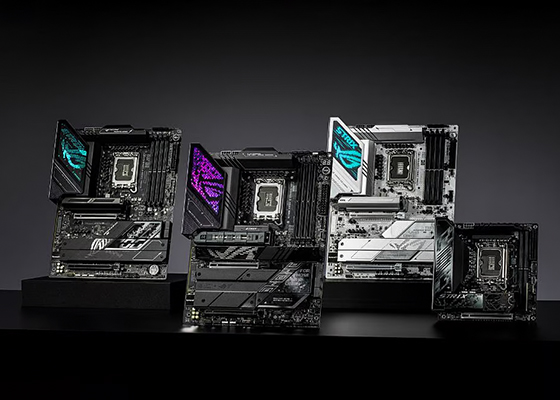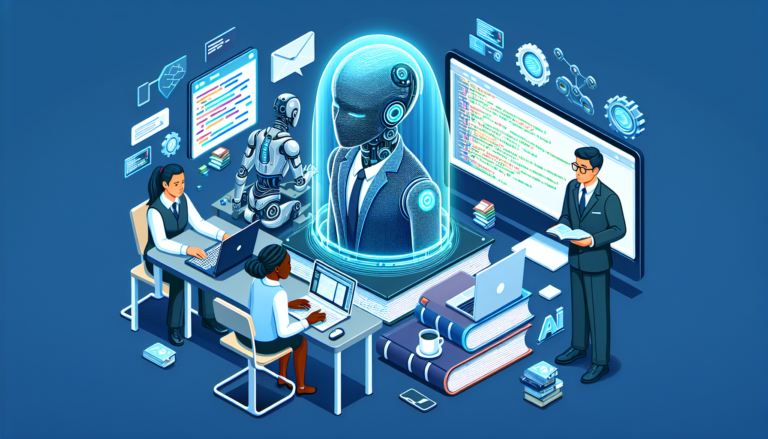What are IoT Devices?
Solve the jigsaw puzzle of hardware pieces, such as gadgets, sensors, appliances, and actuators, and program them to perform certain tasks automatically, transmitting a specific data set, and you have developed an IoT device.
How do IoT Devices influence day-to-day life?
We have entered a new era of networking comfort and innovation due to the extraordinary growth of the Internet of Things (IoT). IoT gadgets, from smart appliances to industrial sensors and driverless vehicles, have virtually taken over every area of human existence, including businesses. Despite their comfort and convenience, the proliferation of IoT devices poses substantial security issues for IoT ecosystems.
With so many IoT devices entering the marketplace, there need to be more built-in security features. Also, the computing capabilities of IoT devices are in question. It has been observed that these devices are vulnerable to cyber threats. Artificial intelligence has become a leading contender in identifying and shielding systems from scams and online threats.
The Challenges of IoT Security
It has been proven that IoT devices are vulnerable to cyber threats, but it is also essential to know the nature of the threats. Let’s review them.
1. Device Dissimilarity
Countless manufacturers produce IoT devices in various sizes, shapes, and colors. The operating system and communication protocols they use are diverse. Lacking uniformity in security apparatus raises a huge question about the security of IoT devices.
2. Resource Limitations
IoT manufacturers flood the market with cheap devices with less storage, minimum memory, and limited computing capabilities. Due to its commercial nature, developing traditional security solutions is a major constraint.
3. Deficient Authentication
IoT devices are vulnerable to unauthorized access due to extremely weak and default passwords. The lack of a strong authentication mechanism leaves such devices at the mercy of hackers.
4. Rapid Growth and Scale
The number of IoT devices is growing at an explosive rate without security. The larger the number of IoT devices, the thinner the security net. An increasing number of IoT devices means an expanding possibility of cyberattacks.
5. Legacy Devices
There are a huge number of old IoT devices that are functional but need an update from the manufacturer. Without security patches, such devices become a major security threat for users since updating them is costly.
AI-Based Threat Detection and Prevention
AI has been at the forefront of providing automation and security. Regarding IoT devices, AI can be more potent with Automated Security. Let’s look at how!
Irregularitynbsp;Detection
AI-based solutions are excellent at identifying unusual behavioural patterns in IoT devices. AI Algorithms can adequately analyze the data from devices to establish benchmark behaviour and trigger alarms, detecting threats.
Behavioural Analysis
Artificial intelligence solutions are usually self-sufficient to learn independently, recognize behaviours, and distinguish between justified and unjustified behaviour. Based on behavioural data, AI can determine security threats.
Real-time Monitoring
If it is not real-time, it is not AI. AI-designed systems are devices that monitor IoT devices constantly and collect data. Real-time monitoring enables AI systems to identify and mitigate security risks.
Threat Intelligence Integration
Suppose threat intelligence feeds are updated with AI-enabled security solutions. In that case, they become extremely powerful in recognizing even the smallest threat incident and staying aware of the latest security threat trends.
Device Authentication
AI-powered solutions are usually equipped with biometric solutions and fingerprint databases to enhance the security of IoT devices without an in-built authentication mechanism. AI ensures that only authorized hands and eyes can operate such devices.
IoT Developers Can Leverage AI to Secure IoT Devices
IoT devices are spreading their net, encompassing the daily lives of humans. IoT devices have benefits, but their interconnected nature generates security risks for users and developers. Protecting IoT devices was daunting, and developing a security program with the program was challenging. Everything looks smoother now with the arrival of Artificial Intelligence. AI enables developers to enhance the security of devices and networks they are connected to instil confidence among users and confidentiality among developers.
Let’s explore how developers can utilize AI to protect IoT devices thoroughly.
Threat Detection and Prevention:
- AI-built threat intelligence platforms should be utilized for real-time updates on emerging risks and weaknesses.
- AI-based Intrusion Detection Systems (IDS) must be deployed to monitor network traffic and constantly detect unusual activities.
- A machine learning model can be programmed to recognize threat surfaces and risks in IoT devices and issue alerts when deflection occurs.
Incongruity Detection:
- Developers will be well off using AI algorithms to design standards for secure behaviour and abnormal behaviour.
- Programmers should be able to flag aberrations based on the standard behaviour set to identify potential security incidents.
- Deploying unattended machine learning techniques is advisable to deal with new threats that regular systems ignore.
Data Encryption and Privacy:
- AI can be useful in employing encryption key management to improve the security of personal data during transmission and storage.
- Developers can deploy privacy-preserving AI techniques to evaluate IoT data without leaking private information.
- Developers must ensure thorough compliance with data protection regulations by utilizing AI to detect duplicated data automatically.
Device Authentication:
- AI-infused biometric authentication should be deployed to allow users to access IoT devices.
- Machine learning models can be utilized to observe the behaviour of IoT devices and allow only authorized devices to connect.
- AI-inspired or multi-factor authentication mechanisms should be in place to protect IoT devices from unauthorized access.
Firmware and Software Security:
- Developers can use AI to constantly scan for vulnerabilities and patch management to recognize and resolve security threats.
- Developers are advised to use runtime application self-protection (RASP) solutions to identify and avert runtime cyberattacks.
- AI-driven code analysis tools can be deployed to recognize vulnerabilities in IoT device programming during development.
Behavioural Analysis:
- There is greater potential for AI to observe the movement of IoT devices and applications consistently.
- Developers can evaluate data from device sensors, attached cameras, and other sources to identify security breaches.
- Implementing reinforcement learning models designed using AI helps adapt security mechanisms that recognize evolving threats.
Network Security:
- Developers should leverage AI to elevate network partitions and segregate risky devices from the network.
- An AI-infused firewall mechanism should be in place that can understand evolving attack and threat patterns in real time.
- AI-driven network traffic tracking and investigation are useful in identifying and eliminating hostile traffic.
Security Updates and Maintenance:
- Developers must utilize AI-developed predictive maintenance to recognize and handle security weaknesses in IoT devices intensely.
- Developers are advised to deploy over-the-air (OTA) updates with AI-managed integrity checks to ensure the reliability of firmware updates.
- Patch installation and automatic threat detection are ideal for developers leveraging AI.
User Behavior Analysis:
- To analyze the device’s behaviour and identify suspicious activities, developers can employ AI to avoid unauthorized access.
- AI helps identify internal threats and vulnerable user accounts by implementing user and entity behaviour analytics (UEBA).
Compliance and Reporting:
- Developers should utilize AI to ensure system compliance, which helps generate automated reports automatically.
- Developers can deploy audit trails using AI to monitor logs and identify security-related incidents.
Conclusion:
Due to their composition and making, IoT devices are known to be vulnerable to external cyber threats. However, developers of IoT devices can now use Artificial Intelligence and Machine Learning modules to not only automate the security check procedures but also eliminate threats and clean the attack surface from any suspicious activities. Developers can now easily program IOT devices to be resilient and secure.
Original source: here











